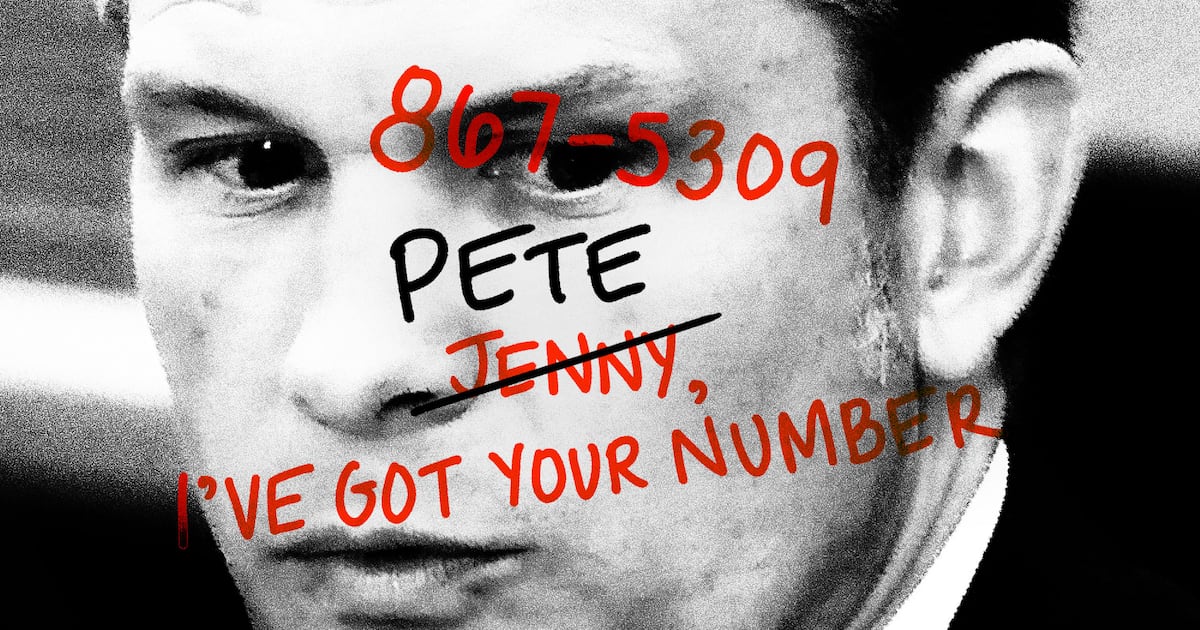The formula underpinning President Donald Trump’s new wave of “Liberation Day” tariffs triggered widespread bafflement Thursday, with one CNBC commentator saying it looks like it’s based “on made-up numbers.”
Trump slapped huge new tariffs on U.S. imports, sparking a frenzied selloff of stocks and fueling fears of a global recession. Even some dissenting Republicans decried the move, while economists were puzzled by the methodology behind it.
The president imposed tailored taxes on imports from 60 countries, claiming that the U.S. has been “looted, pillaged, raped, plundered” by other nations for decades. An additional universal 10 percent tariff on all imports to the U.S. will go into effect Saturday.
CNBC’s Squawk Box panel was also left perplexed by Trump’s methodology, labeling the move “absurd.” Steve Liesman, the business news channel’s senior economic reporter, summarized some of the alarmed reactions from economic authorities Thursday.
“The biggest concern was that the president was said to have completely made up the tariff numbers other countries charged the U.S.,” Liesman said.

“He said the U.S. was charging those countries half of what they charge us. But his assertion bore little resemblance to the real tariffs other countries charge, most trade experts said,” Liesman went on.
He added: “Instead, the White House used a formula few had seen before based on the trade deficit that caused most to scratch their heads.”
Going off-script, he said: “So, this tariff policy looks like it’s basically resting on made-up numbers.”
This caused chatter on the panel, and host Becky Quick said she had spoken to traders who had a withering assessment of Trump’s formula. “I will say the traders who are passing this on to me ... are also saying it’s absurd and shows a kindergarten-level understanding of international trade.”
The Office of the United States Trade Representative claimed the new import levies had been calculated as the “rate necessary to balance bilateral trade deficits between the U.S. and each of our trading partners.”
However, many experts couldn’t see any sense in the tariffs or the methodology underpinning them.
Thomas Sampson, associate professor of economics at the London School of Economics, told the Financial Times the formula was “a figleaf for Trump’s misguided obsession with bilateral trade imbalances.” He added that there is “no economic rationale” behind the tariffs.
Paul Krugman, Professor of Economics at the City University of New York, was a bit more forthright in his assessment. He said Trump had gone “full-on crazy.”
Scott Lincicome, vice president of general economics at the Cato Institute, similarly called Trump’s approach “insane.”

“This is just embarrassing,” opined Erica York, vice president of federal tax policy with the Tax Foundation think tank.
Wedbush Securities Analyst Dan Ives shared his thoughts on X. He also called the tariffs “illogical and absurd” and said the chart Trump used at the White House’s Rose Lawn to illustrate the levies will be shown “in classrooms” in the future.
“First off, the tariff numbers showed are factually incorrect what other countries charged the U.S.,” he wrote, adding: “If a 9th grader in high school presented this tariff chart to a teacher in a basic economics class, the teacher would laugh.”
He warned of a recession and a “self-inflicted Economic Armageddon.” However, he said he assumes that Trump intends to ignite negotiations. “We have to assume that this is the start of a negotiation and these rates will not hold,” he wrote.





